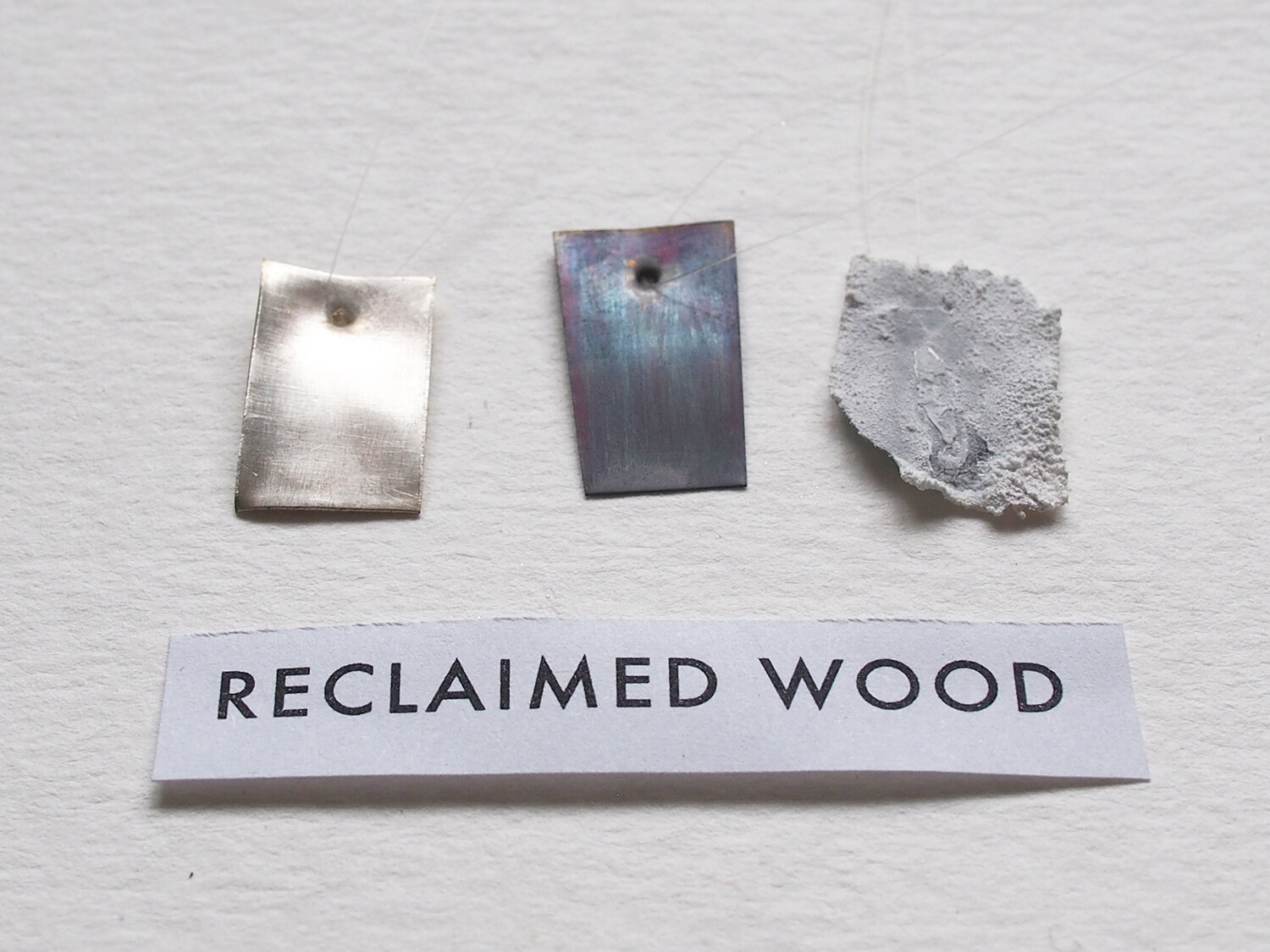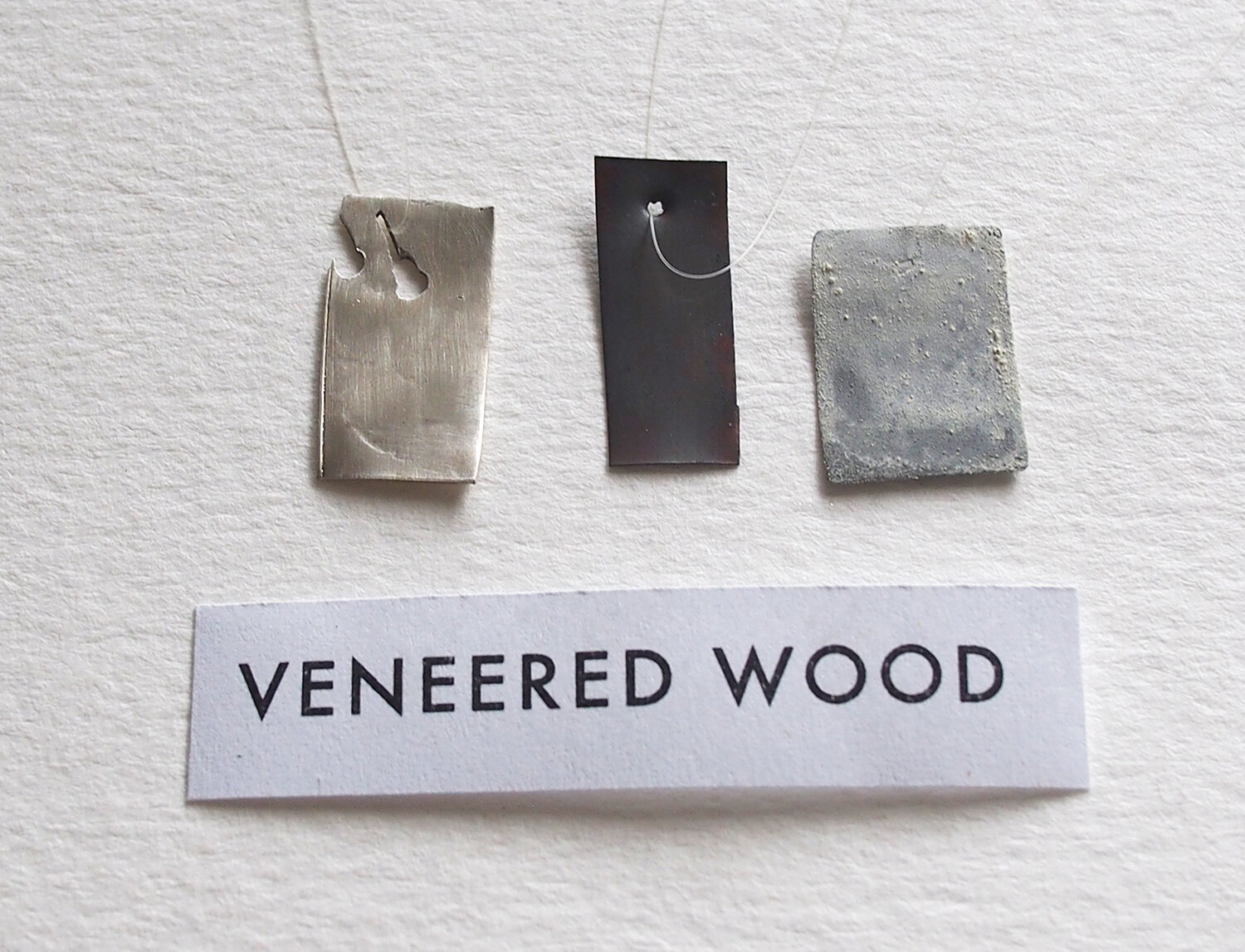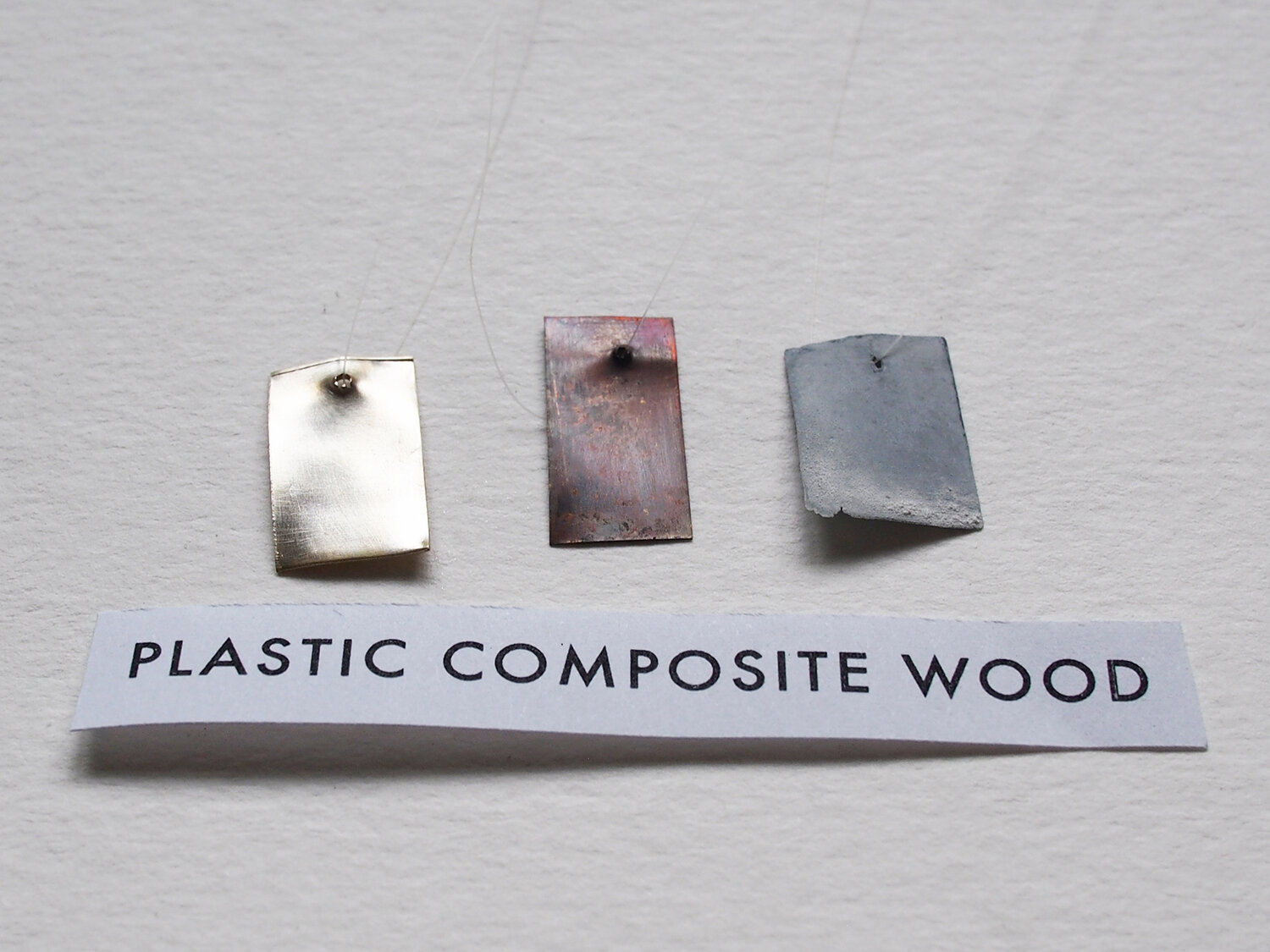analysis
We carry out various types of analysis to help you understand the stability of your object, efficacy of a treatment, original surface decoration, or suitability of enclosure and display materials. Some of this we carry out at our own studio and some we do in collaboration with science labs, depending on the equipment required.
For those interested in more information presented at a non-specialist level, the Royal Society of Chemistry’s Heritage Science Expert Working Group produces technical briefs on various analytical topics.
X-ray fluorescence (XRF) spectroscopy
XRF can help identify heavier elements indicative of pigments; impurities in and sizing on paper; specific alloys of metals, metal mounts on furniture, and metallic leaf; and tannages and dyes in leather, just to name a few applications. This is a non-destructive technique and the instrument that we use is portable.
Abby's article in the Icon Journal of Conservation details the use of XRF to identify iron as the cause of selective discolouration in two 17th-century codices.
Fourier-Transform infrared (FTIR) spectroscopy
FTIR is useful for identifying unknown organic materials (we often use it for adhesives) as well as for comparing between two similar organics to find differences. Here the client wanted to know the difference between discoloured and non-discoloured paper as well as some that had been washed and some that had not yet been washed, to determine whether washing would improve the condition or not. The technique may be destructive or nondestructive.
Spectrophotometry
A spectrophotometer can be used both to define an individual color and also to quantify color change, such as before and after treatment or exhibition. It takes a (nondestructive) reading of the surface and compares it to the ambient light in the room and to a standard white tile in order to give a value in the L*a*b* system.
Microscopy
For microscopy, we take a tiny sample of a decorative surface (eg. paint or varnish) and examine it in cross-section. Under the microscope, we can see the individual layers of paint or varnish; the technique can be useful for determining the original surface coating(s) and any later additions. This is a destructive technique but the sample can be quite small.
Oddy Tests
We carry out Oddy tests in order to examine the volatile organic compounds (VOCs) that might be emitted by a material over time. In this test, a silver, copper, and lead token are suspended in a chamber with a sample of the material under warm, humid conditions to accelerate emittance of the VOCs, and then the corrosion exhibited by the tokens is indicative of the type of damage likely to be sustained by certain objects in the vicinity of the testing material. This is commonly used to test materials for exhibitions or storage; in this example, the client wanted to compare different wood samples.









